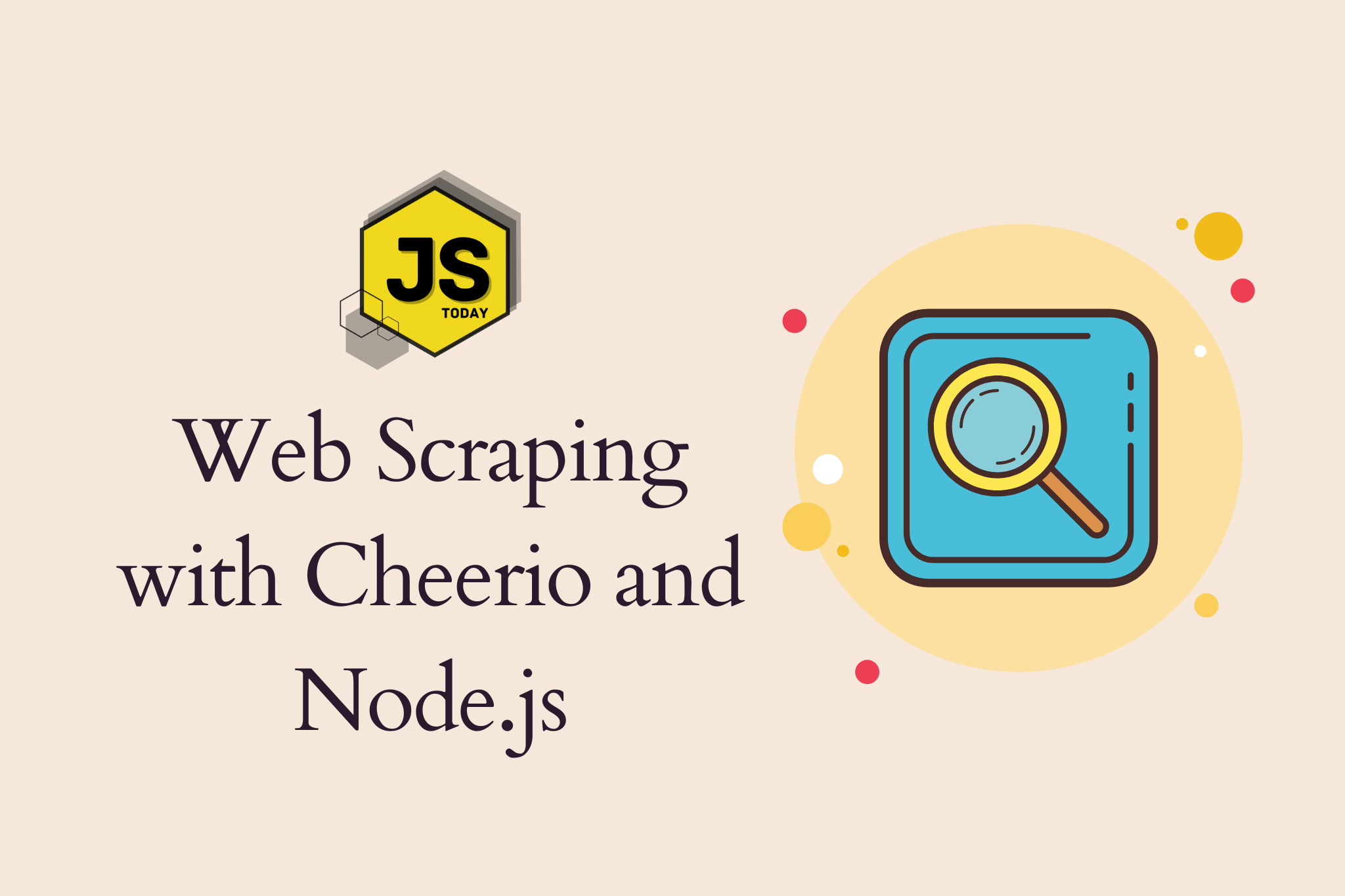Web scraping is a process that allows you to extract data from websites automatically. JavaScript, with its powerful tools and libraries, is a popular choice for web scraping.
In this article, we’ll explore how to use JavaScript for web scraping, with a focus on beginners.
Understanding Web Scraping
Web scraping involves the use of automated tools to extract data from websites. This data can be used for a variety of purposes, such as market research, data analysis, and competitor analysis. Web scraping involves sending HTTP requests to a website and then parsing the response to extract the data you need.
There are a few reasons you might want to scrape data, such as:
- Data collection: Web scraping allows businesses and researchers to gather large amounts of data from websites quickly and efficiently. This data can be used for market research, lead generation, and competitor analysis.
- Automation: Web scraping can automate repetitive tasks, such as checking prices or monitoring social media, saving time and effort.
- Analysis: Once the data has been collected, it can be analyzed to identify patterns, trends, and insights. This information can help businesses make better decisions and gain a competitive edge.
- Monitoring: Web scraping can be used to monitor changes on websites, such as product prices or stock availability, and alert businesses when changes occur.
There are several tools and libraries available to perform these tasks with web scraping, but we’ll be looking specifically at node.js.
Web Scraping in JavaScript
Before you begin web scraping, you need to have a basic understanding of HTML and CSS. This will help you identify the elements on a website that contain the data you want to extract.
Once you have identified the data you want to extract, you can use JavaScript to parse the HTML and extract the data. One of the most popular tools for web scraping in JavaScript is the Cheerio library, which is a lightweight version of jQuery that runs on the server-side.
Setting up
Let’s set up our project. Create a new directory called scraper. In this folder, run npm init -y and install the following packages:
npm i cheerio axios
This will install cheerio and axios.
Scraping a Website with Cheerio
Once you have Cheerio installed, you can use it to scrape a website. Here’s an example of how to use Cheerio to extract the titles of articles from a website:
const axios = require('axios');
const cheerio = require('cheerio');
const url = 'https://blog.javascripttoday.com';
axios.get(url)
.then(response => {
const html = response.data;
const $ = cheerio.load(html);
// Selecting title of articles on JavaScript Today
const title = $('h3.h6').text();
console.log(title);
})
.catch(error => console.error(error));
In this example, we’re using the axios library to send an HTTP request to JavaScript Today, and then using Cheerio to parse the HTML and extract the titles of the articles. If we run this script node index.js, we’ll see a list of all of the titles on JavaScript Today’s homepage. Pretty cool, eh? As you can imagine, there are so many things we do with web scraping.
Best Practices for Web Scraping in JavaScript
When web scraping with JavaScript, it’s important to follow best practices to avoid getting blocked or banned by websites. Here are some best practices to follow:
- Identify yourself: Make sure to identify your script or bot in the user agent header of your HTTP requests.
- Respect
robots.txt: Make sure to respect the rules set out in the website’s robots.txt file. - Limit your requests: Don’t send too many requests to a website in a short period of time. This can trigger rate limiting or get you banned.
- Use proxies: Consider using proxies to hide your IP address and avoid being blocked by websites.
Conclusion
JavaScript is a powerful tool for web scraping, and with the Cheerio library, you can easily extract data from websites. However, it’s important to follow best practices to avoid getting blocked or banned by websites.
With these tips, you should be able to get started with web scraping in JavaScript.
FAQ
Q: What are the benefits of web scraping in JavaScript?
A: Web scraping in JavaScript allows developers to automate the process of data extraction, save time and effort, and obtain large amounts of data quickly and easily.
Q: What are the libraries used for web scraping in JavaScript?
A: There are several libraries available for web scraping in JavaScript, including Cheerio, Puppeteer, and CasperJS.
Q: What are some common use cases for web scraping in JavaScript?
A: Some common use cases for web scraping in JavaScript include market research, price monitoring, lead generation, content aggregation, and data analysis.
Q: What are some best practices for web scraping in JavaScript?
A: Some best practices for web scraping in JavaScript include respecting website terms of use and legal restrictions, using efficient and scalable scraping techniques, and avoiding overloading websites with too many requests.
Topics
Discussion (Loading...)
Join the Discussion
Sign in to share your thoughts and engage with the JavaScript Today community.





